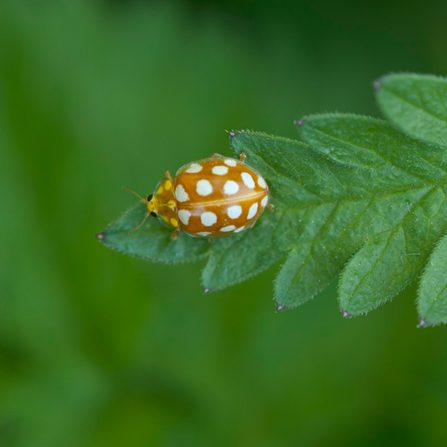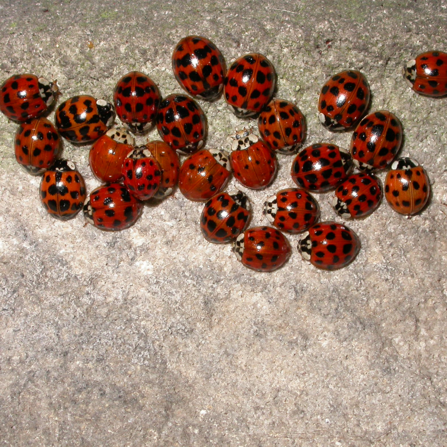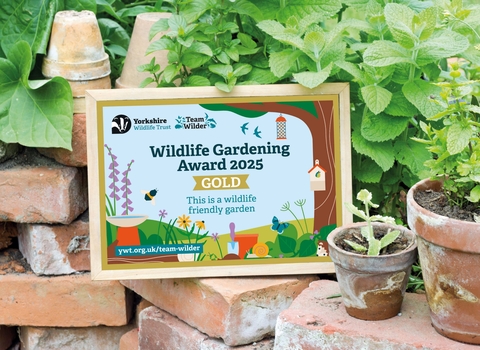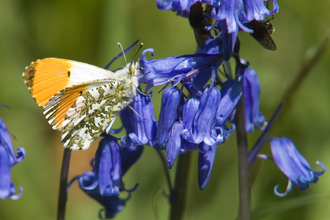The classic image of a ladybird is the 7-spot (header image), with seven black spots dotted across its bright red back. But there are around 47 species of ladybird in the UK, with a variety of different colours and patterns. Of these, only around 26 are considered ‘conspicuous ladybirds’. These are the large, colourful ladybirds that can often be spotted on plants. The other species are smaller, harder to find and harder to identify. Find a love for beetles and there will always be something new to discover!
The 7-spot ladybird is our classic ladybird, found in parks and gardens across the UK. Easily identifiable, 7-spot ladybirds have red wing cases, with three black spots on each side and a seventh spot in the middle. The bright colours of ladybirds warn predators that they taste horrible, although some birds will still have a go!
Adults hibernate in hollow plant stems, sometimes clustering together in a large group – which is why leaving your dead or drying winter foliage rather than chopping it down can provide some vital shelter in the colder months. You can also create additional shelter for ladybirds by building a bug hotel in a quiet corner of your garden.






